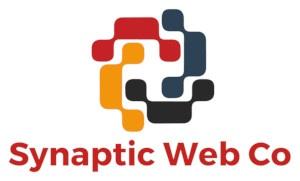The author's views are entirely his or her own (excluding the unlikely event of hypnosis) and may not always reflect the views of Moz.
The majority of surveyed consumers say that about half of their searches have a local intent[1], while the other half of queries can be satisfied with remote solutions. On either side of the chess board are businesses hoping Google will surface them fairly for appropriate keywords.
SEOs and marketers hear both sides of what can sometimes sound like a battle, with clients of multiple models rarely satisfied with the SERPs.
Meanwhile, the last two years have so blurred the lines of intent and fulfillment that it can start to feel rather vague at the agency level where a client falls within all of these possible identity categories:
-
Local and independent/small
-
Local and part of a chain
-
Brick-and-mortar with in-store transactions only
-
Brick-and-mortar with digital shopping/delivery
-
SAB with or without online transactions
-
Solely virtual and independent/small
-
Solely virtual national brand
-
National brand that was virtual but is now showrooming or opening physical stores
-
B2B or B2C
-
Informational with unique income streams not from traditional sales
Defining the client’s model properly should be the first step in any campaign. What and where the business is has long defined a major portion of its opportunities for visibility in Google results. But the SEO game is changing. Whether a particular client is best served by focusing more on the guidelines for representing your business on Google[2] or the QRG[3], SEOs need to be able to effectively track local SERPs, because they are either the main goal or the main competitor, and without a doubt, because Google is so local-aware.
Local SERP tracking[4] has historically been seen as

